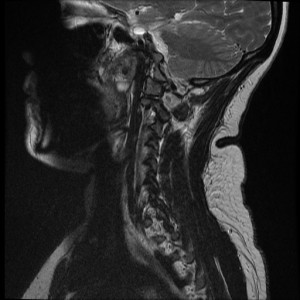Use of visual aids at trial: guidelines regarding admissibility
While complicated medical testimony is often effectively explained to the jury through use of PowerPoint presentations, models, and drawings, the proper use of these visual aids at trial is frequently a point of contention between the parties. The courts allow experts to utilize these visual aids as “demonstrative evidence,” -evidence which has no value in its own right, but is meant to aid the jury in better understanding the expert’s opinion. However, before allowing their admission at trial, the courts are careful to ensure that the visual aids merely educate the jury, without providing support for the expert’s opinions.
While these visual aids can be very effective at trial, they can also be very costly to produce. Before spending the time, money and effort on creating visual aids, be sure they follow these guidelines recently offered by the Illinois Appellate Court in Sharbono v. Hilborn:[box]
- The primary considerations of whether demonstrative evidence may be used at trial are relevancy and fairness.
- An adequate foundation must be laid in order for the party to use the exhibit, such as the expert testifying from personal knowledge that the exhibit accurately portrays the information set forth in the exhibit. For example, as suggested in Sharbono, the witness would have to testify that, from personal knowledge, the sample images from a learned treatise accurately portrayed the condition that the images purported to show.
- When the use of an exhibit at trial goes beyond educating the jury, and helps to support the expert’s opinions, it is not demonstrative evidence, and therefore, must be properly and timely disclosed in accordance with the Illinois 213(f)(3), otherwise it is inadmissible and, will be barred.[/box]
Parties who want to use visual aids during a witness’ testimony must thoroughly consider well before trial whether the exhibit meets the above criteria. If so, then it likely truly is demonstrative evidence and will be admitted as such as long as the party has the witness lay the proper foundation as outlined above. If not, it will likely be considered a basis for the expert’s opinions and will be inadmissible unless timely and properly disclosed under Illinois Supreme Court Rule 213(f)(3).
Image by Jill Carlson licensed under CC BY 2.0

